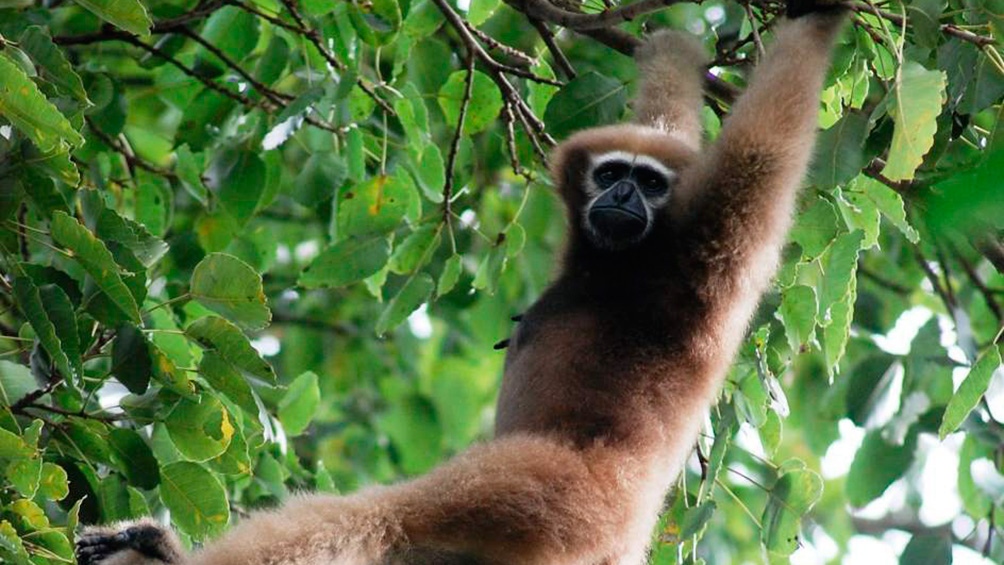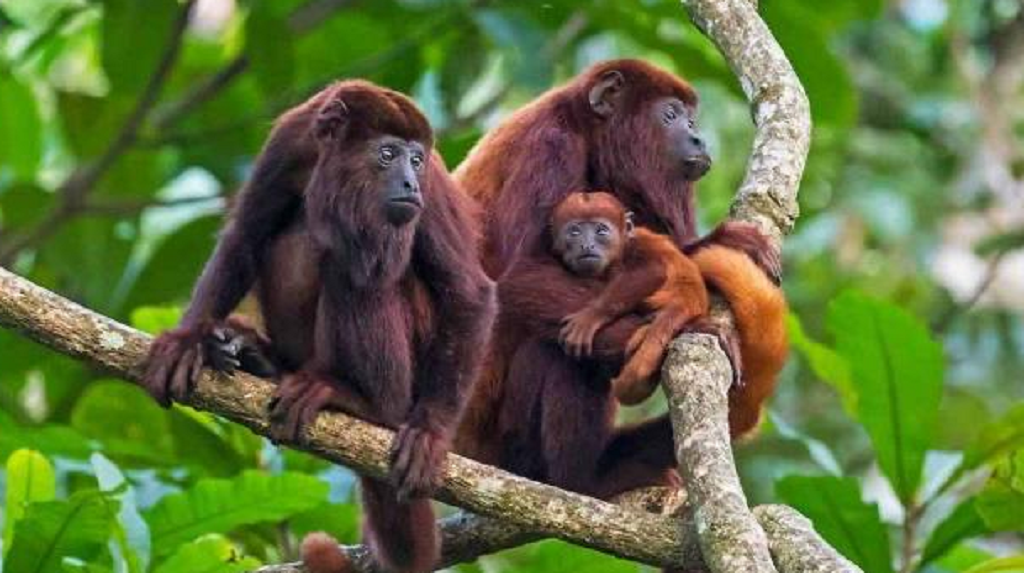According to a study conducted by scientists from the Universities of Zurich and Strasbourg, they were very social animals and only 15% of their individuals were loners.
According to science, the first primates lived in pairs. Photo: Telam.
Scientists from the Universities of Zurich and Strasbourg claim so The first primates Maybe they lived in CouplesWhile only about 15% of individuals were loners, according to an article published in the Proceedings of the National Academy of Sciences.
he Stady Specified that Primates (This includes Humans) are highly social animals. In fact, many species of monkeys and apes live in groups, while specialists have long believed that lemurs and other strepseraines, colloquially called Primates DAnd “wet nose” was Solitary creatures.
studies Previous attempts have tried to explain how and when life as a couple developed PrimatesRecent research suggests that many nocturnal strepsirrhines, which are difficult to investigate, are not in fact Single Rather, they live in pairs of males and females.
The paper published in the Proceedings of the National Academy of Sciences is the result of several years in which researchers built a detailed database, covering nearly 500 groups of more than 200 primate species, from preliminary field studies.

The result of the work was more than Half of the major species recorded The database showed more than one form of social organization: “The most common social organization was groups in which several females and several males lived together, for example chimpanzees or macaques, followed by groups with one male and several females, such as gorillas,” the author explained. Adrian Jaegifrom the University of Zurich.
“But a quarter of all species live in pairs,” he added, noting that by taking into account many social, ecological and life-history variables, such as body size, diet or habitat, the researchers calculated the likelihood of social organization in different ways, even for our ancestors who lived 70 years ago. A million years.
The calculations were based on complex statistical models developed by Jordan Martin at the Institute for Evolutionary Medicine at the University of Zurich, to reconstruct the ancestral state of organisms. primates, The researchers relied on fossils that showed this Ancestral primates They had relatively small and arboreal bodies, factors closely related to organisms Life as a couple.
“It is likely that the female and male were seen together most of the time and shared the same territory and sleeping area,” he said. Carsten Shraden.

“Our model shows that the social organization of our primate ancestors was variable, and that married life was by far the most likely form,” Martin said, noting that only about 15% of our ancestors were solitary.
“Therefore Life in groups Larger animals did not evolve until later in primate history,” the specialist noted, “in other words, the social structure of primates.” The first primates It may have been more similar to modern humans than previously assumed.
“Many, but not all, live in pairs and at the same time are part of extended families, groups and larger communities,” Jaeggi said, explaining that married life among early primates was not equated with sexual monogamy or caregiving.
“A given female and male were more likely to be seen together most of the time and shared the same territory and sleeping area, which was more beneficial for them than living alone,” explained Carsten Schraden from Strasbourg, one of the study's authors. condition.





